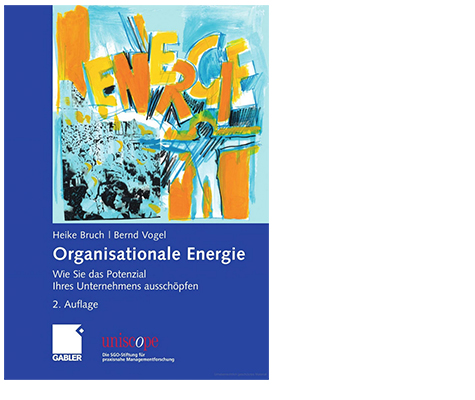Leadership Insight #3
Leading High Performance Teams
In June 2021, Flavia Bleuel and Hendrik Stachnau coached an exclusive masterclass for actual participants and alumni of the HPI Certification Program for Design Thinking Coaches entitled: “Leading High Performance Teams”. Below we share the exciting learnings of the masterclass with you.
Hendrik Stachnau provides the following example:
“I only plan from stage to stage, otherwise I have too many nightmares of having to manage everything at once. I need to manage my own energy wisely. I always have to see how big I want a stage to be. If a race course is 1600 km long, for example, I plan the first 100 km. That is productive at that moment to reach the first short-term goals. If I don’t achieve those, I don’t need to think about the rest, because it won’t happen. I need to manage my overall energy, and I can’t waste it on unnecessary goals.
I like to compare this to pinheads. Each stage goal is like a pinhead, and the more experienced you are, the better you become at hitting such a pinhead with one shot – that is, hitting the one goal and then anticipating more pins (goals). The more accurately and confidently you hit the pinhead, the more energy you have for other activities. If you set unrealistic goals, you waste all your energy on hitting the pinhead or constantly missing it. And then your team wonders, ‘What do you do all day?’ ‘I hit 50 pinheads on the first try and we’re successful as a team,’ and others aim 100 times and don’t hit it and then are completely screwed. Getting pins or milestones right is a form of professionalism that you learn for your own particular (business) field. You’d better not shoot that far, but you hit.”
Flavia Bleuel summarizes what this means for leaders and their team:
Do you set stage goals within meeting distance to manage your own and your employees’ energy? You can only do that if there is a shared vision – like reaching the finish line of the race. This vision sets a framework for a project effort so that decisions are not made arbitrarily and goals are set wisely. When the vision is clear, detailed planning through each stage with milestones can be unproductive and only waste energy – especially for innovation projects. Instead, iterative, shorter-term planning is a better fit for achieving the intermediate goals and the vision.

